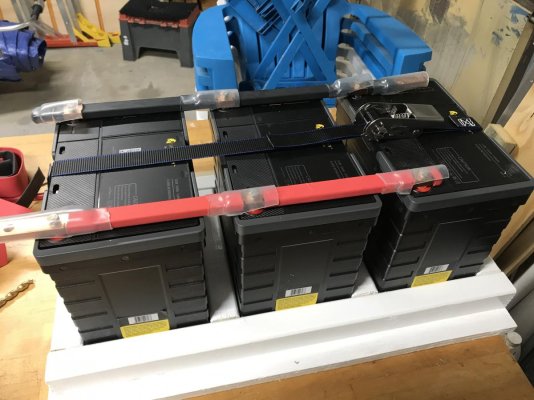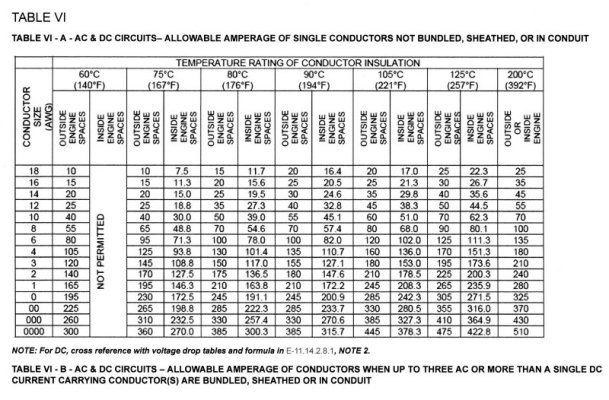Wdeertz
Senior Member
I'm putting together a 9 LFP battery bank. Each battery is 24V @ 50Ahr and will be wired in parallel. I've been searching online for the best way to wire this bank up. One method is for all 9 batteries to be wired parallel and the positive and negative loads to be drawn from opposite ends.
I've read on other online postings that its best to keep banks to no more than 3-4 batteries so my second option is to wire 3 batteries in parallel and connect to a bus bar and ensure the wire lengths/size are all consistent to ensure equal resistance. The LFP batteries have built in BMS so presumably the batteries should not get out of balance.
Does anyone see any pitfalls to the second option? Also, I'm assuming I could fuse after the bus bar (appropriate sized fuse for wiring), any issues with this? I've tried to draw a crude depiction of the two choices I am considering. Thanks
I've read on other online postings that its best to keep banks to no more than 3-4 batteries so my second option is to wire 3 batteries in parallel and connect to a bus bar and ensure the wire lengths/size are all consistent to ensure equal resistance. The LFP batteries have built in BMS so presumably the batteries should not get out of balance.
Does anyone see any pitfalls to the second option? Also, I'm assuming I could fuse after the bus bar (appropriate sized fuse for wiring), any issues with this? I've tried to draw a crude depiction of the two choices I am considering. Thanks



